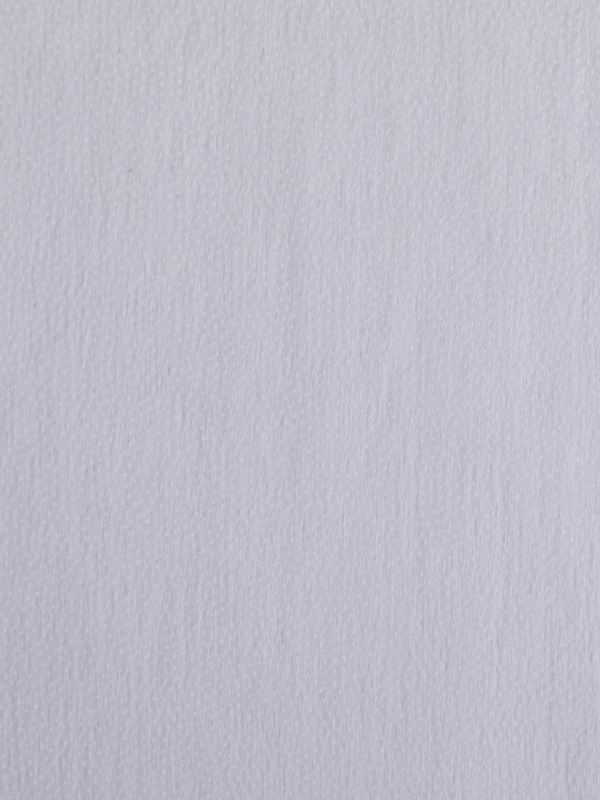Shirt interlining can be used to make shirts more comfortable and durable. This lining is made of smooth fabric with a clear sliver. Its shrinkage in both the warp and weft direction is less than 1.5%. The adhesive doesn't cause leakage and death, and its performance remains unchanged even after long-term storage. This interlining can also be used for cuff and collar shaping. Whether you're making a blouse, dress shirt, or pants, lining the garment can add comfort and durability to the wearer.
Shirt interlining adds body to your shirt and comes in two main types. Both types have benefits and disadvantages. Fused interlining is a good choice if you're trying to achieve a formal look. Floating interlining is difficult to place and machine and can cause puckering collars. Germany and Italy produce the highest quality lining, and non-woven fabrics are close to fiberboard construction. There are many different kinds of interlining available.
Some of the best shirts are made with fused interlining. Others are made with floating lining. English makers usually create shirts with more refined collars and cuffs. Traditional English shirts had two layers of lining and starched edges. They're also made to be worn with ties or suits. They're typically a little smarter, so you should use a lining that's able to maintain its shape in those situations.
Choose the right type of interlining. Some interlining is made from water-soluble and easy to tear. Fusible interlining is ideal for most dress shirts, but it's not the best choice if your shirt has extra-delicate fabric. You can also choose a woven interlining in the same color as the outer fabric. But be careful, because fused interlining is more likely to bubble after several hours of wear.
The use of interlining is common in high-end garments. It helps the garment retain shape by providing extra support. It also helps prevent deformation and reinforces garment components. Shirt interlinings are made from a variety of materials and are often thick and soft. It's common for interlinings to be used in formal garments and evening gowns. This type of interlining has many uses in the fashion industry, but it's not necessary for everyday wear.
Another way to make a shirt interlining is through the application of resin. This technique works by applying a fine resin powder onto the base fabric. The base fabric is then passed through an oven where the resin melts. Once it has cooled, the fabric goes through a drying process, making the interlining more durable. The process takes about two hours, and the results are excellent. However, this method is less flexible than other types of interlining.

Product Specification:
Product number: 6025
Composition :Polyester
Glue:PES
Hand Feel :soft
Weight (range): light
Width(cm) : 90/100/150
Color: White/Black/Off White/Charcoal










